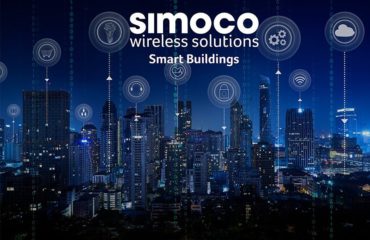
Businesses are demanding that the information needed to analyse and monitor elements within their industries, are delivered in real-time. Many mobile units, such as vehicles rely on separate network connections to move information from disparate systems sources. The result is a mobile units often maintain a variety of data sources across multiple cellular networks. This makes for very expensive connectivity in a single unit and may discourage organisations from collating more information which, in turn, leads to a better informed and more agile business decisions. The need for a unified hub that aggregates and manages the data and that can in turn be centrally configured and managed remotely in real-time is an interesting and compelling story.
The opportunity that a single mobile unified hub provides a wide host of industries such as utilities, agriculture, transportation, government and infrastructure as well as public safety services with increased agility for their businesses coupled with reducing cost. The risk for businesses with mobile and off-grid working environments is the higher cost of providing services compared to those delivered within an integrated and intelligently connected urban area. When we consider mobile communications in areas where standard cellular connectivity is poor or non-existent then extending and encompassing technology which has traditionally been employed in highly-remote geographical regions is required. There is a danger that businesses in a connected city gain cost advantages over those who lack that connectivity in poorly connected and harsh environments. This is not a reflection on the need to push fibre into more rural area but the reality of some industries who, by their nature, operate in remote and harsh geographies. The cost to connect disparate and multiple systems across cellular or radio networks can stack when unification is difficult to achieve. The increase in agricultural robotics, in-vehicle telemetries and many other IoT data streams has created the holistic views which are informing businesses and their customers into making better commercial decisions.
True unification needs to bridge the gulf between Land Mobile Radio (LMR), and 4G LTE in order to provide a platform which protects current infrastructure investment and allows migration to faster technologies. Inclusion of connectivity interfaces such as Bluetooth, WiFi, RFID, GPIOs, CAN bus, Ethernet and serial input allows the integration of data from a vast choice of devices making the inclusion of legacy technology and future-proofing communications an essential goal.
Simoco Wireless Solutions are an established provider for LMR technology who have created Velocity, the mobile unification hardware needed to realise these business goals. Velocity incorporates Node-RED flow based visual programming to enable the processing and management of all data flows from inputs connected to the device. A truly unified platform for all critical communications no matter where your data derives from, mountain top to sea floor.


